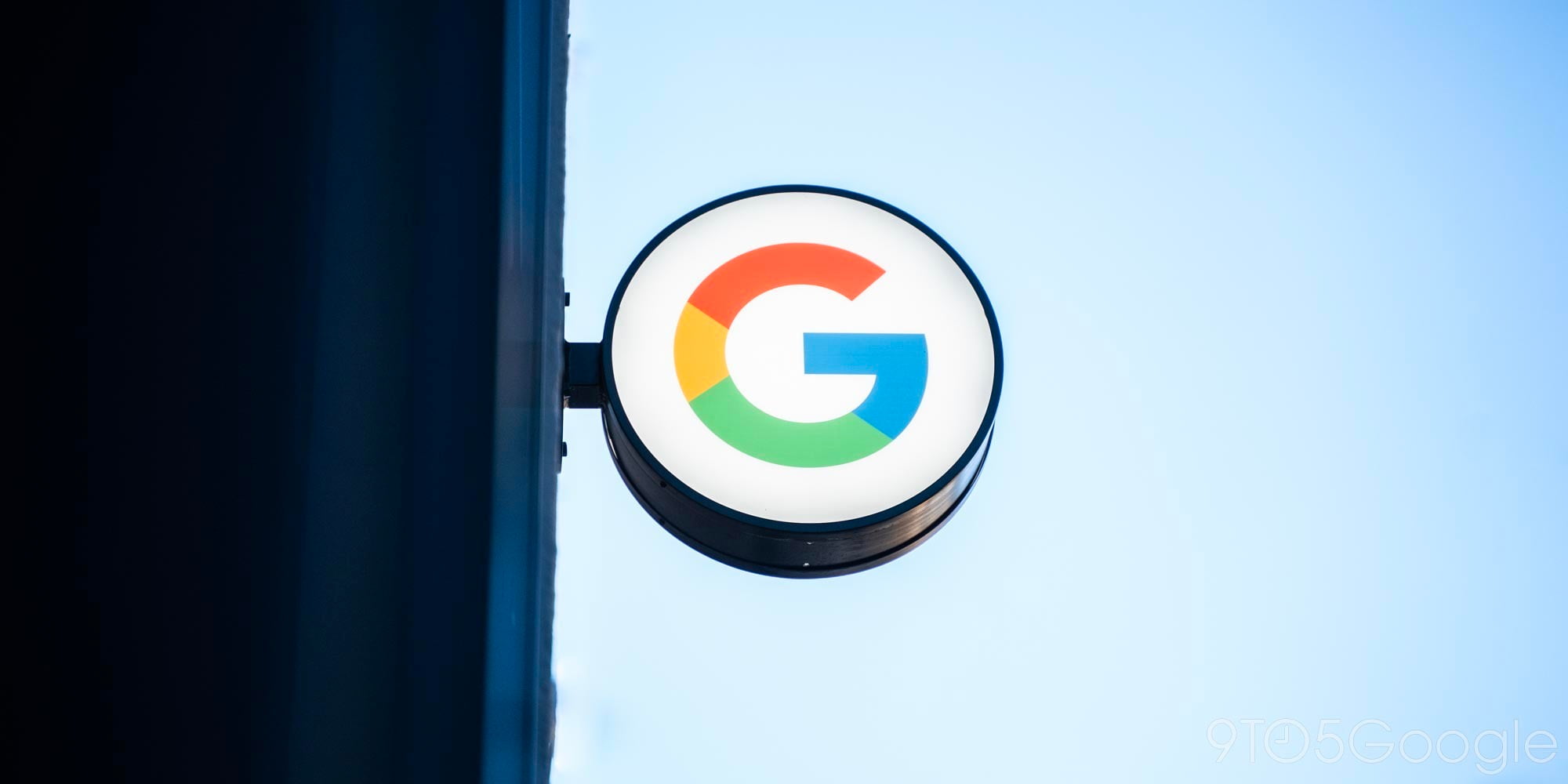Google working on human-like chatbots that contextually respond to anything

Chatbots were all the craze last decade, and they’re now commonly found when interacting with support lines. Today, conversational agents are a bit limited, and Google is working towards a human-like chatbot “that can chat about anything.”




